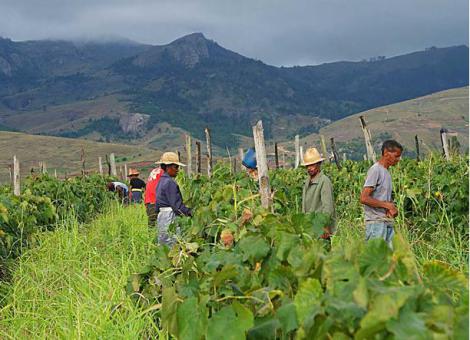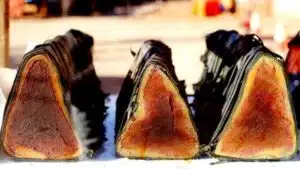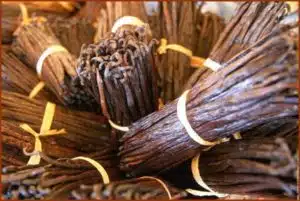
Malagasy Cuisine – It is important for every traveler and enthusiast to learn about the culinary aspects of the red island.
In general, there is almost nothing that you can’t find here, and it is much more familiar than most people think.
As unique and endemic as Madagascar’s nature may be, the eating habits there are international and cosmopolitan!
Madagascar has always been a country of abundant imports. The isolated location of the island has led to a certain number of innovations making their way into the cuisine, despite the people’s attachment to tradition. While rice remains the number one staple in the diet of the Malagasy people, the French colonial influence in less than seventy years has significantly changed what we find on our plates today. A clear example of this is the widespread availability of “Pommes frites” (French fries) almost everywhere on the island!
It is important to note that Malagasy cuisine is much less spicy than commonly believed. Madagascar, an island located off the coast of the African continent, is not only known for its vanilla exports but also for being a hub for a variety of food and crops from around the world. Potatoes, tomatoes, peppers, tea, coffee, cocoa, apples, and pears are just a few examples of the diverse range of plants that have been cultivated on the island over the centuries. This has made Malagasy cuisine a unique blend of flavors from different corners of the globe.
While coastal regions showcase a distinct creole influence with a penchant for spiciness, the central highlands boast a more rustic, almost European-style cuisine. The prevalence of Zebu cattle in the region has also had a significant impact on the local culinary traditions. The complete utilization of this livestock also includes specialties such as tripe, tongue, beef snout, and the like on the menu. Chickens, geese, goats, pigs, and sheep are also raised throughout the country to enrich the diet.
Even though there are only a few tens of thousands of Chinese people living in the country, some for generations, they have had a noticeable influence on the cuisine: Chinese street food and dishes have been known much longer than in other places!
And because it was the French who ruled and exploited Madagascar as a colonial power, it can be said that they had a significant impact on the cuisine as well. A French touch is hard to deny in Madagascar! It’s no surprise that there are some top restaurants serving internationally renowned French cuisine on the island, attracting many French visitors for culinary reasons. In few other countries can delicacies that are considered expensive, taboo, or even illegal elsewhere be enjoyed so affordably and abundantly. Frog legs, duck and goose liver, oysters, all kinds of seafood, game meat (such as wild boar, wild ducks, and wild geese) – the list goes on! And of course, a good meal is always accompanied by a good wine, something the French know well. In the past, various efforts have been made to transfer European wine culture to this place. This has been somewhat successful – at least the Malagasy soil offers enough potential for very good wine. However, the know-how of winemaking has been greatly neglected during the turbulent years after independence, resulting in only a tiny fraction of the island being covered with vineyards today, which mostly produce mediocre to poor quality wine!
In this respect, Madagascar has unfortunately remained a developing country, just like in other areas – and has regressed from its former high standards.
When considering the colorful, fresh bounty that catches the eye at the markets in Madagascar, the aspect of organic quality cannot be overlooked. Since pesticides and fertilizers are unaffordable for the people in Madagascar, the entire diversity of Malagasy cuisine is served on the plate in organic quality.
More about Food and Drink








